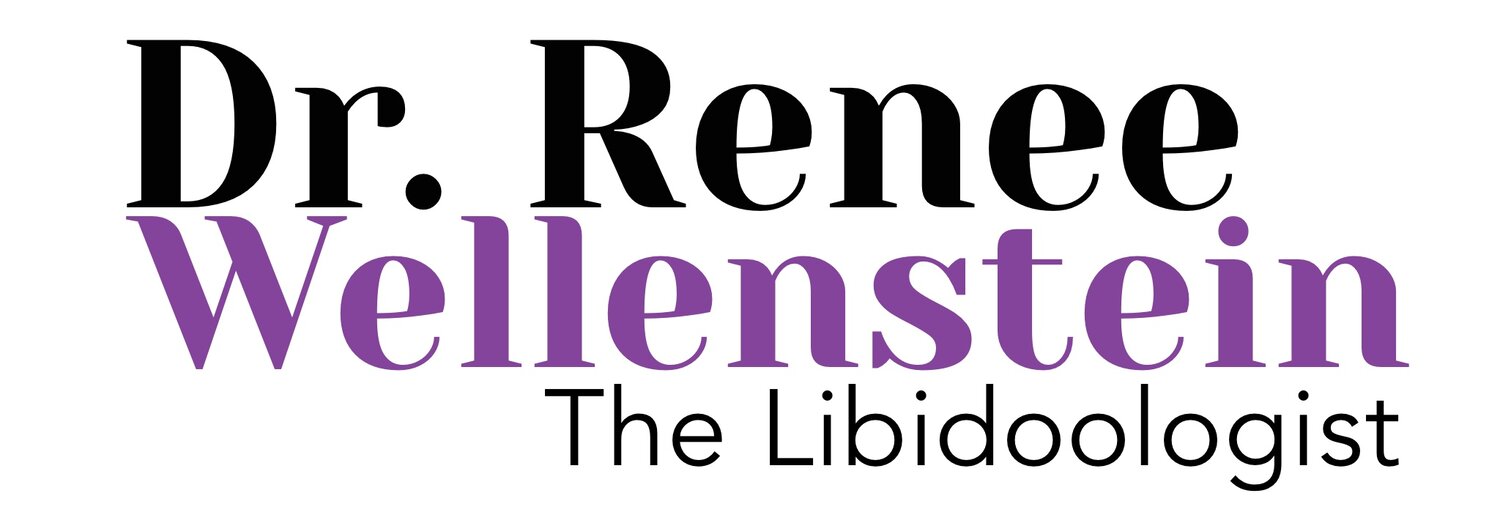Hair Thinning After 35? Here’s What Your Hormones Might Be Trying to Tell You
Photo by Kasia Serbin
Let’s talk about something that’s happening to so many women—but no one’s really talking about it: hair loss.
If you've looked in the mirror lately and thought, “Wait… is my hairline thinning?” Or if you’ve seen way more hair in your brush or clogging up your shower drain, I see you. Whether you’ve just had a baby or you're navigating your 40s, hair loss can feel confusing, scary, and incredibly personal.
And here's the kicker (okay, not using that phrase 😉): there's a reason it’s happening—and no, it’s not just “getting older” or “being stressed out.”
In this blog, I’ll walk you through some of the most common causes of hair loss in women and how to start supporting regrowth naturally—but if you want the full breakdown (including my favorite nutrients and natural DHT blockers), you’ll want to check out the video linked at the bottom!
Hormones & Hair Loss: What’s Really Going On?
There are two major life phases where I see hair loss skyrocket in women: postpartum and perimenopause.
In both cases, your hormones are shifting dramatically—but in different ways.
Postpartum Hair Loss
During pregnancy, your estrogen levels are high, which keeps your hair in the growth phase longer. That’s why so many women say their hair was thick and gorgeous while pregnant.
But after delivery? Estrogen drops hard. This sudden crash triggers a phenomenon called telogen effluvium, where a large amount of hair shifts into the shedding phase. It can be alarming—but it’s usually temporary.
Perimenopausal Hair Thinning
Now if you’re in your late 30s or 40s, your hormones aren’t just declining—they’re on a rollercoaster. Estrogen and progesterone start to fluctuate erratically, and as their levels drop, androgens like DHT can become more dominant—even if your testosterone isn’t technically “high.”
And that’s where the problem starts.
DHT (dihydrotestosterone) is a more potent form of testosterone that binds to hair follicles and causes them to shrink. Over time, hair grows in thinner, shorter, or stops growing altogether—especially at the crown, temples, or part line.
👉 And yes, this also applies to women with PCOS, where elevated testosterone and insulin resistance can lead to thinning on the scalp and unwanted hair growth in other places. It’s all connected.
What Else Could Be Causing Your Hair Loss?
While hormones often drive the train, there are a few other big factors I always look at with my patients:
🦋 Thyroid Dysfunction
Low thyroid function (hypothyroidism) or autoimmune thyroid issues (like Hashimoto’s) can slow everything down—including hair growth. Common signs include hair thinning, fatigue, constipation, cold hands and feet, weight gain, or dry skin.
➡️ If that sounds familiar, ask your provider to check TSH, Free T3, Free T4, Reverse T3, and thyroid antibodies.
💡 Not sure how to interpret your labs?
I offer personalized Optimal Wellness Consults where I walk you through your labs from a functional medicine perspective and help you build a plan to get your hormones (and your hair) back in balance. Click here to book yours now.
🥗 Nutrient Deficiencies
Hair is made of protein—but it also requires iron, zinc, vitamin D, and other micronutrients to grow properly. If your diet is lacking or you’ve had heavy periods, stress, or gut issues, you may not be absorbing what you need.
➡️ In the full video, I walk you through the exact nutrients I recommend, which ones are overrated (looking at you, biotin), and how to know what your body really needs.
Regrowing Hair Naturally: What Works?
Here’s what I’ll say: the best results I see happen when women take a holistic approach—that means balancing hormones, supporting thyroid function, managing stress, and using scalp-stimulating strategies.
In my video, I break down:
My go-to natural DHT blockers (one is probably already in your kitchen!)
Nutrients that go beyond biotin for real regrowth
Scalp massage & micro-stimulation techniques that work
There’s more to this puzzle, and I cover it all step-by-step in the video—especially how to use these strategies without wasting time or money.
🎥 👉 Watch the full video here: Why Women Over 40 Lose Hair—and How to Grow It Back Naturally
✨ Want a Simple Place to Start?
If you’re ready to go deeper and actually start doing the things that help your hormones and your hair, I’ve got you.
👇 Grab my Hormone Balancing Starter Kit — it’s a simple, affordable way to learn how to eat, supplement, and support your body naturally. Inside, I walk you through the exact lifestyle shifts I recommend to my patients to help them feel like themselves again—hair included.


